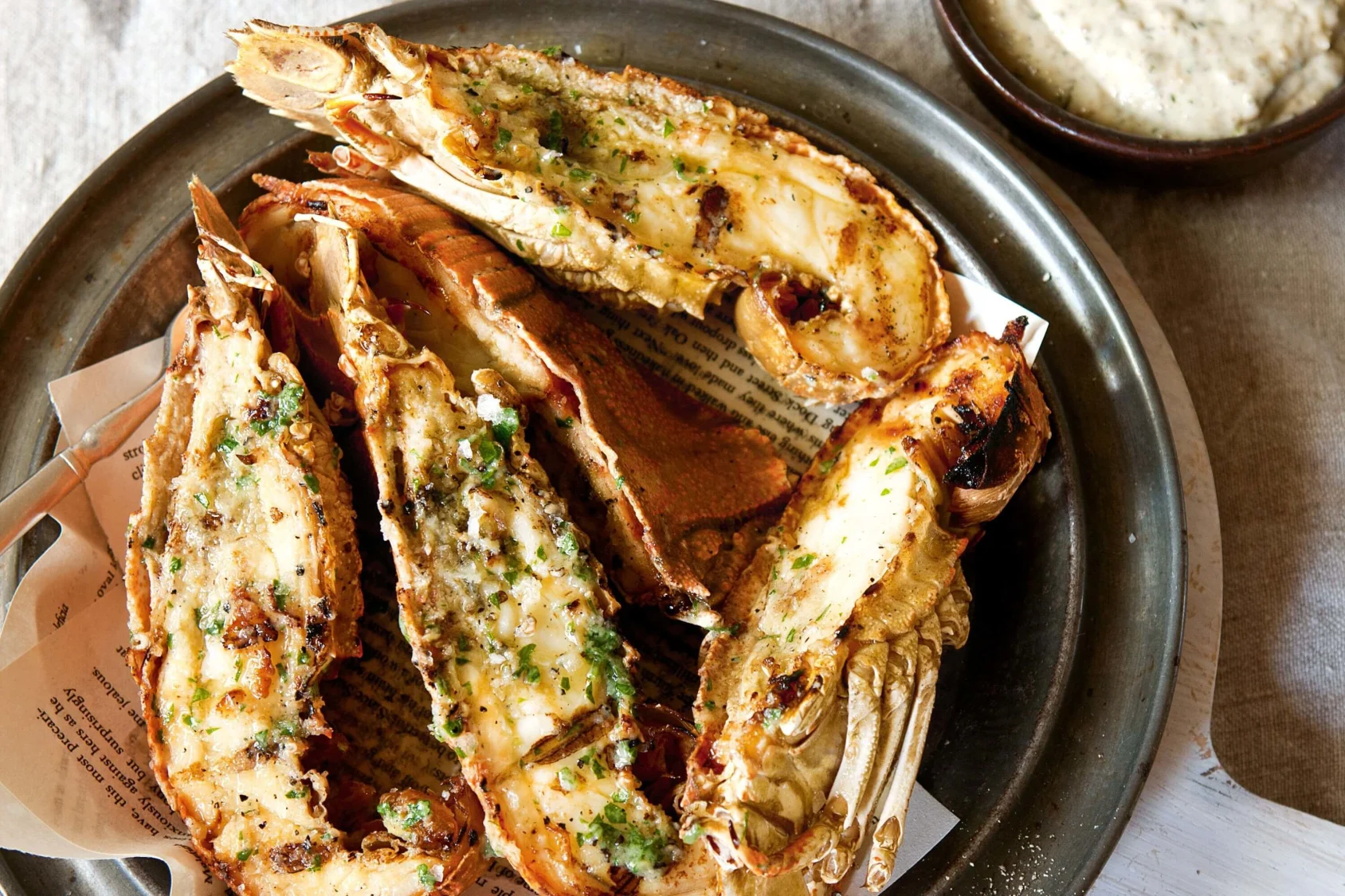
Moreton Bay Bug
A type of slipper lobster found in Australian waters, known for its sweet and delicate meat.
Ingredients
- •Moreton Bay bugs
- •Butter
- •Garlic
- •Lemon
- •Salt
- •Pepper
Instructions
Prepare Bugs
Clean and split the Moreton Bay bugs in half
Season
Season with salt, pepper, and lemon juice
Cook
Grill or pan-fry with butter and garlic until cooked through
Serve
Serve hot with additional lemon wedges
Moreton Bay Bugs, despite their unusual name, are actually a delicious type of slipper lobster native to Australian waters, particularly around Queensland. These fascinating crustaceans are prized for their sweet, succulent meat that's often compared to lobster but with its own distinct flavor profile.
These seafood delicacies have been enjoyed by Indigenous Australians for thousands of years before becoming a sought-after ingredient in modern Australian cuisine. Their name comes from Moreton Bay in Queensland, where they were first commercially harvested.
The preparation of Moreton Bay Bugs is relatively straightforward but requires some attention to detail. The bugs are typically split lengthwise, exposing the meat, which can then be grilled, pan-fried, or barbecued. The most popular cooking method involves a simple combination of butter, garlic, and lemon to enhance their natural sweetness without overpowering the delicate meat.
While traditionalists prefer them simply grilled with butter and lemon, modern Australian chefs have incorporated Moreton Bay Bugs into various dishes, from pasta and risotto to elaborate seafood platters. Some creative preparations include using them in seafood curries or serving them cold in seafood salads.
In Australian restaurants, particularly along the coast, Moreton Bay Bugs are often served as a luxury item, either as an entrée or as part of a seafood platter. They're particularly popular during the summer months and are a common feature at Christmas seafood feasts.
From a nutritional standpoint, Moreton Bay Bugs are an excellent source of lean protein and contain beneficial omega-3 fatty acids. They're relatively low in calories, with about 90 calories per 100 grams, making them a healthy choice for seafood lovers. However, those with shellfish allergies should exercise caution, as they belong to the crustacean family.
